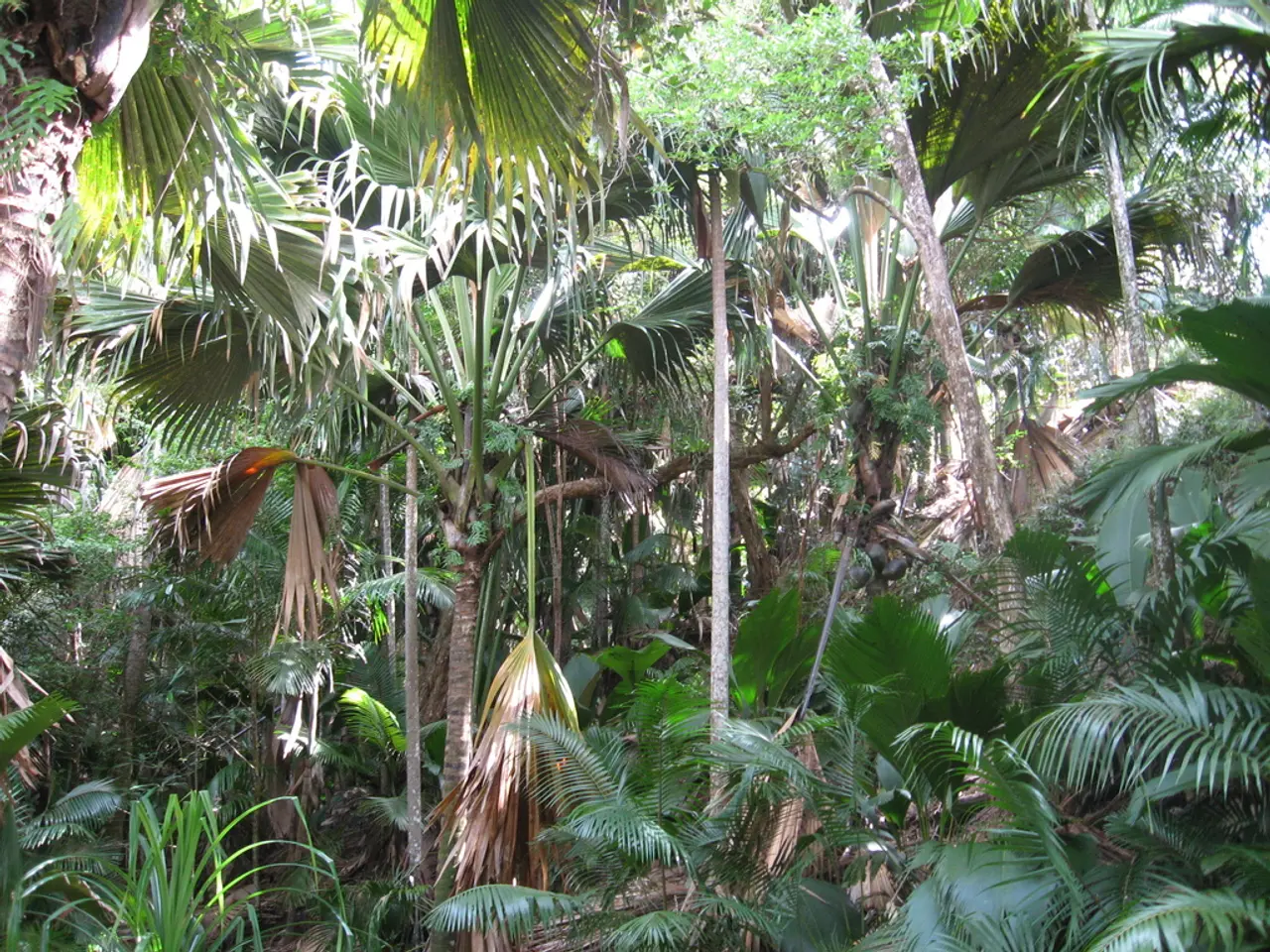Restoring Ecology: Strategies for Revitalizing Damaged Terrain
In today's world, where human activities have taken a significant toll on the environment, the need for ecological restoration has become increasingly vital. This deep form of environmental recovery focuses on rebuilding life-supporting processes rather than mere appearances.
Industrial activities such as mining, chemical plants, and resource extraction can lead to the creation of ecological dead zones, leaving behind contaminated soil and collapsed soil life. Similarly, industrial forestry practices like clear-cutting, monoculture plantations, and the removal of dead wood weaken forest ecosystems, increase erosion, deplete soil, and make forests more vulnerable to drought, pests, and storms.
Land degradation, often the result of human activity sustained over decades or even centuries, is another major concern. Urbanisation and infrastructure development, including roads, housing estates, and shopping centres, seal the ground surface, disrupt natural landscapes, and sever water and migration pathways, reducing space for plants, fungi, pollinators, and microorganisms.
Ecological restoration aims to counter these effects by restarting natural processes such as water cycles, soil regeneration, plant succession, microbial activity, and wildlife return. It is a science-based approach aimed at restoring the ability of ecosystems to regenerate and self-regulate.
One of the primary goals of ecological restoration is the full recovery of an ecosystem's structure, function, and biodiversity. This involves reestablishing native species, ecosystem services, and processes as close to their original state as possible, often with long-term sustainability and resilience in mind.
While ecological restoration is not quick or cheap, and it does not yield instant visual results, it is one of the most powerful tools we have left in an era of climate disruption, collapsing biodiversity, and depleted ecosystems. Climate change and extreme weather events, including prolonged droughts, heavy rains, heatwaves, and storms, exacerbate ecological degradation by weakening vegetation, eroding soil, killing off trees, and destabilising habitats.
Other land recovery practices like rehabilitation and reclamation may be components or alternatives depending on the site conditions, legal frameworks, and desired outcomes. Reclamation often refers to making land usable again, especially after industrial or mining use, by reshaping land, improving soil quality, and sometimes planting vegetation. Rehabilitation is the process of improving degraded land to a productive or sustainable state, which may include restoring some ecological functions but does not necessarily aim to recover the full natural ecosystem.
Revitalization generally refers to renewing or enhancing ecological, social, or economic functions of a landscape, which might include restoration, community engagement, or economic development aspects. The term is broader and less technical, often emphasizing social and economic benefits alongside ecological health.
In summary, ecological restoration, reclamation, revitalization, and other land recovery practices each have their unique focuses, goals, and methods. Understanding these distinctions is crucial in planning land recovery projects, ensuring objectives are clear and appropriate methods are applied. In the face of mounting environmental challenges, the importance of these practices cannot be overstated.
- Environmental-science research plays a crucial role in the practice of ecological restoration, providing insights on how to effectively rebuild life-supporting processes in degraded lands affected by climate-change.
- To combat the impacts of climate-change on forests, adopting sustainable-living practices and advocating for the protection of home-and-garden environments can help reduce deforestation and promote forest restoration.
- The integration of ecological-restoration, reclamation, revitalization, and other land recovery practices within urban planning and lifestyle choices contribute significantly to the sustenance and enhancement of environmental quality, bolstering our environment against climate-change and ensuring a more sustainable future.




